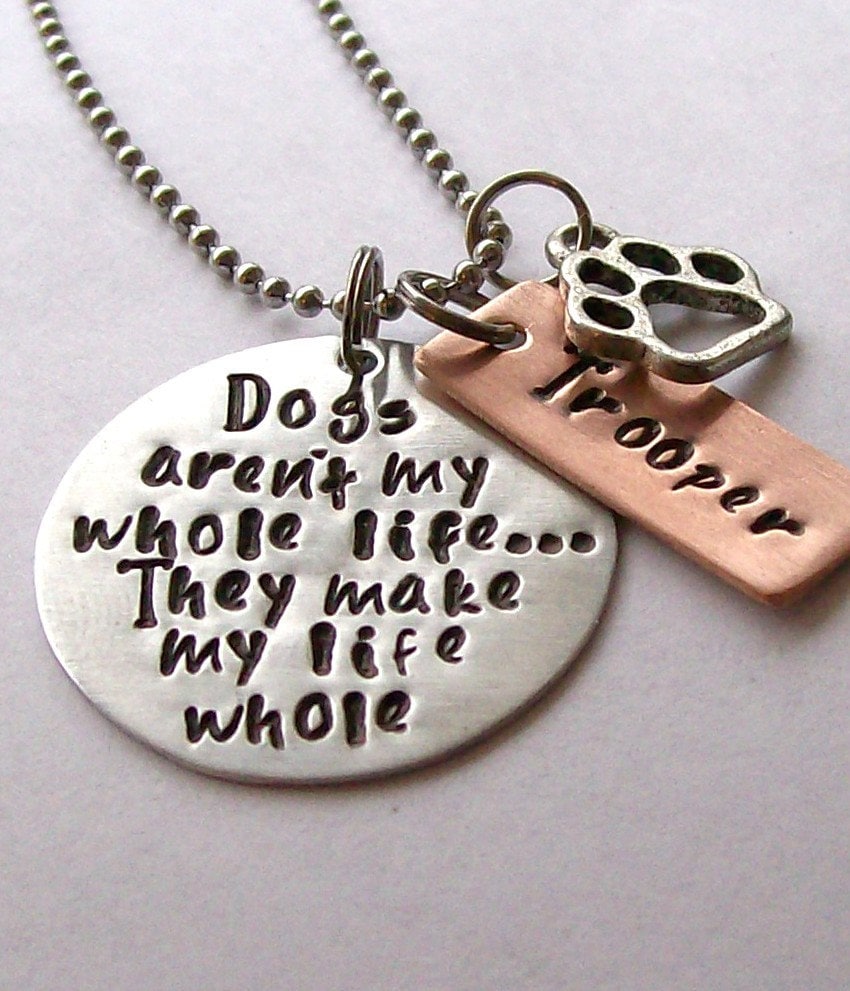Boasting head adornments that could have easily been fashioned by a legendary hat designer, along with their opulent plumed tails reminiscent of a luxurious ostrich-feather boa, the American Curl has audiences in awe worldwide. Distinguished by truly unique ears that curl back in a graceful arc, offering an alert, perky, happily surprised expression, they cause people to break out into a big smile when viewing their first Curl. Designed exclusively by Mother Nature, the ears can be likened to those of a Lynx with long tufts fanning outward, accentuating the swept-back look while complementing the Curl’s overall sophistication, stylish elegance, and dynamic presence.
Wake-up call! The alarm rings, and emerging out from under the covers, eager to start the day, is your Curl buddy. Eyelid pats, nose kisses, and hair licking prompt a gentle awakening. Then your eyes focus on that exuberant little Curl face, and another day begins. The Curl personality is truly unique. If not sleeping up high somewhere in a large salad bowl, figuring out with great determination just how to get into the shower with you, or assuming their right spot in front of a favorite TV show, they are patting at your glasses while you try to read the paper.
Needless to say, Curls are very people-oriented, faithful, affectionate soulmates, adjusting remarkably fast to other pets, children, and new situations. People say they are very dog-like in their attentiveness to their owners, following them around so as not to miss anything. When introduced into a new home, Curls seems to have an inherent respect for the current pet occupants, giving them plenty of room to adjust to the new kid on the block. Not overly talkative, the Curl’s curiosity and intelligence are expressed through little trill-like cooing sounds. Because they retain their kitten-like personality well throughout adulthood, they are referred to as the Peter Pan of felines.
When Curls are born, their ears are straight. In 3 to 5 days, they start to curl back, staying in a tight rosebud position and unfurling gradually until permanently “set” at around 16 weeks. This is the time breeders determine the kitten’s ear quality as either pet or show in addition to the kitten’s overall conformation. The degree of ear curl can vary greatly, ranging from almost straight (pet quality) to a show quality ear with an arc of 90-180 degrees resembling a graceful shell-like curvature.
Although the distinctive feature of the American Curl is their uniquely curled ears, the medium-sized rectangular body, silky flat-lying coat, and expressive walnut-shaped eyes are equally indicative of the breed. They are available in both long and shorthair color and pattern varieties, and since there is minimal undercoat, the Curl sheds little and requires hardly any grooming .
.
On a typical hot June day in 1981, a stray longhaired black female cat with funny ears mooched a meal from Joe and Grace Ruga in Lakewood, California, and moved in. “Shulamith” is the original American Curl to which all bona fide pedigrees trace their origin. No one ever suspected that from that simple encounter, and the birth of some kittens 6 months later, would grow a worldwide debate about the genetics behind those unusual curled ears. When selective breeding began in 1983, fanciers bred the American Curl with an eye toward developing a show breed. In analyzing data on 81 litters (383 kittens), renowned feline geneticist Roy Robinson of London, England, confirmed that the ear-curling gene is autosomal dominant, which means that any cat with even one copy of the gene will show the trait. In the December 1989 Journal of Heredity, Robinson reported finding no defects in any of the crosses he analyzed. This information provided the pathway for a new and healthy breed…and one with an outstanding temperament.
Indeed, the discovery of a novel cat is an event of great importance to feline fans and fanatics, and especially true when it’s inherently born to radiate well-being and good things to all fortunate enough to hold one. As the founder of this amazingly spiritual breed says, “They are not just ‘decorator’ cats. You might say that they are ‘designer’ cats, perhaps even signed masterpieces of a humor-loving Creator.’”
Pricing on American Curls usually depends on type, applicable markings, and bloodlines distinguished by Grand Champion (GC), National or Regional winning parentage (NW or RW), or Distinguished Merit parentage (DM). The DM title is achieved by the dam (mother) having produced five CFA grand champion/premier (alter) or DM offspring, or the sire (father) having produced fifteen CFA grand champion/premier or DM offspring. Usually breeders make kittens available between twelve and sixteen weeks of age. After twelve weeks, kittens have had their basic inoculations and developed the physical and social stability needed for a new environment, showing, or being transported by air. Keeping such a rare treasure indoors, neutering or spaying, and providing acceptable surfaces (e.g. scratching posts) for the natural behavior of scratching (CFA disapproves of declawing of tendonectomy surgery) are essential elements for maintaining a healthy, long, and joyful life.




